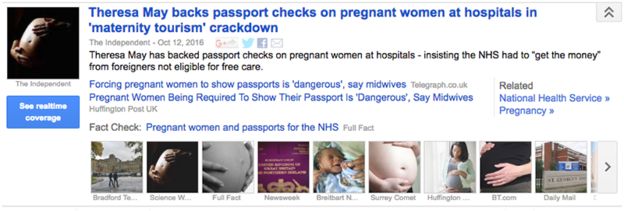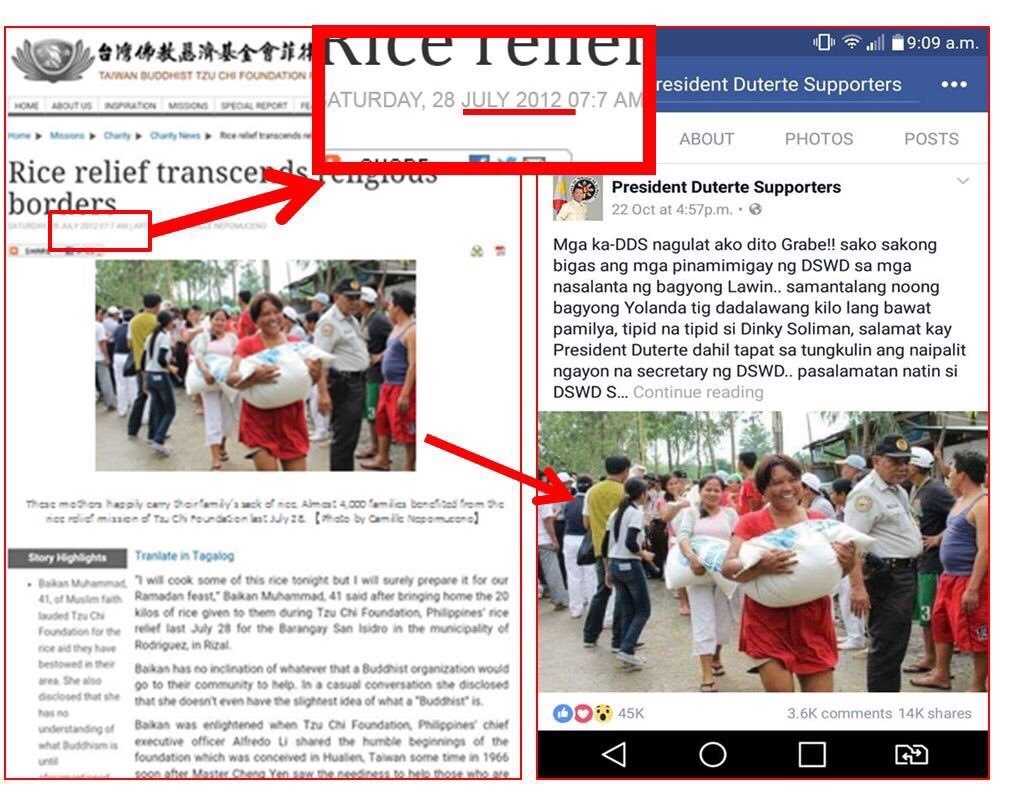Acccording to a report by Rappler, the Philippines has the highest digital populations in the world. 47 million accounts on Facebook are from the Philippines.
That’s a lot of people. Unfortunately, Facebook currently doesn’t have any fact-checking measures in its content. Anything you see on your feed has not been moderated. That’s the problem nowadays where contradicting statements are shared side by side and hoaxes are taken as truth.
Before we begin, know the following things:
- There are websites that prioritize web traffic over accuracy.
- Not everything you see in the Internet is false, true, totally false, or totally true.
- There is no ‘he said, she said’ when it comes to the truth.
That said, it’s up to us to know what’s fact and what’s fiction. That is, if you want to know what’s real. Here are three easy, simple, and quick steps so that you don’t end up sharing bullshit.
Google it.
Google news recently added a fact-checking feature when you search, and will appear as a label besides news articles. One quick search of an excerpt of a statement or a fact from an article will yield you MILLIONS, if not hundreds of thousands, of search results. It’s that easy, I swear. Just copy-paste it on the search bar and voila, the results will tell you if it’s real or not.

Even searching anything at all will lead you somewhere, which leads us to our next step.
Check the source.
Buzzfeed recently published a great article about political Facebook pages sharing false content. Read it, and it may apply to our own liked pages on Facebook. You’ve heard of ‘propaganda’, and ‘bias’ as buzzwords being thrown around nowadays, and the articles you share might be biased, but if you really apply yourself and check the facts on the article you’re sharing, you might not share the article at all since almost all the statements are pure horseshit.
How do you tell if an article is beyond biased and purely inaccurate? Check the website. Number one on Slate‘s guide, “How to Not Publish Baloney,” makes you ask “who is telling me this? More specifically, who is writing this and for what publication? How credible is the publication? What are its potential biases?” 9/10 if it’s a fake news or a satirical site, everything it publishes is the farthest thing from fact. Are you reading something from SoWhatsNews? Satire. No matter the views, the likes, the shares, fake is fake.
Use fact checking tools
Unfortunately, there are very few websites dedicated to fact checking in the Philippines. But one thing we can all do is to check multiple sources. Here are some tools to help you:
Tineye: A reverse image search engine, which means you can check where an image was first published on the web. Very good for breaking down fabricated stories that pull images out of its context.
Snopes: The haven of debunking. Anything from folklore to urban legends to hoaxes, it’s bound to be confirmed or debunked here.
Think before you share
Literally this. When you share something that isn’t true, that is a hoax, that is factually inaccurate, that’s total and utter shit, you’re contributing to an epidemic of factual inaccuracies. You are helping no one. Not even yourself. Stand up for yourself and google for once, will you?

























Comments